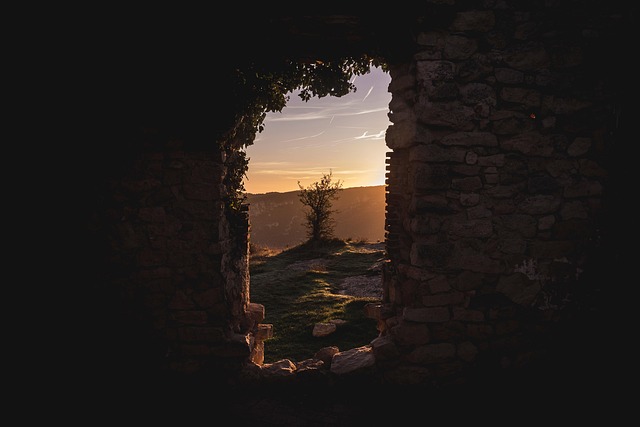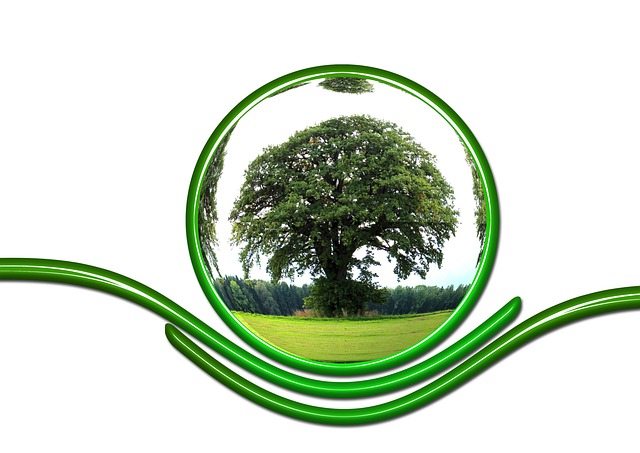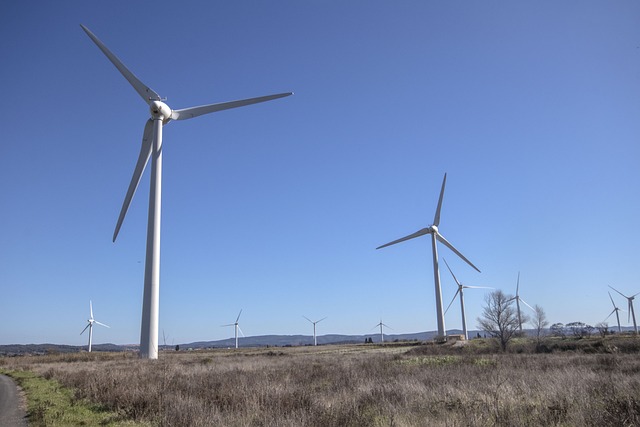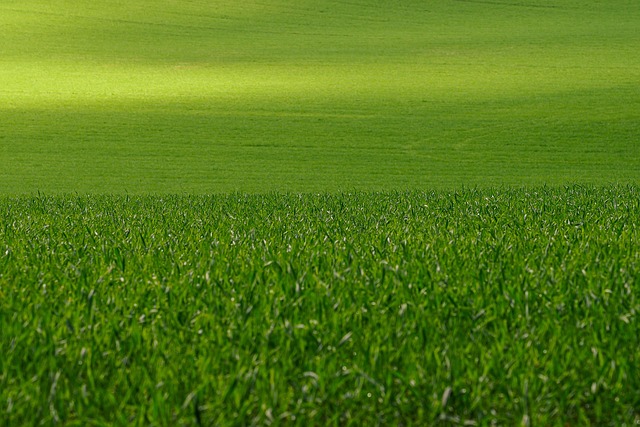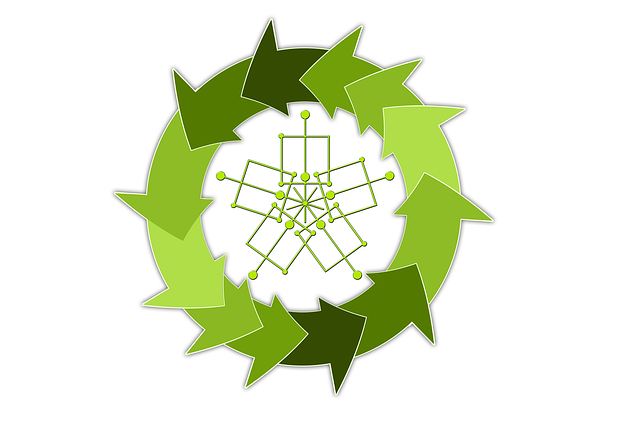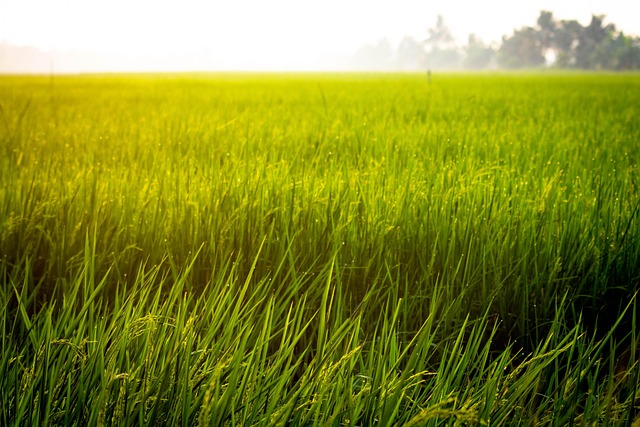Biodiversity is a key driver of real estate value and sustainability, offering environmental services and economic benefits through eco-tourism. Developers and investors can integrate green spaces, preserve habitats, and adopt sustainable building practices to enhance ecosystem health, create valuable assets, and appeal to environmentally conscious buyers. Habitat conservation is now a core responsibility, with strategies like restoring natural landscapes and creating wildlife corridors boosting project longevity and aligning with regulatory standards. Incorporating biodiversity into urban planning through green spaces, urban forests, and vertical gardening enhances city livability, improves ecosystem services, and promotes overall well-being.
In the realm of real estate, biodiversity and habitat preservation are emerging as vital considerations. This article explores the profound impact of biodiversity on property development and offers insights into sustainable strategies. We delve into how understanding ecological diversity can shape urban planning, enhancing both environmental resilience and the value of properties. From habitat conservation to innovative design, these approaches ensure a harmonious balance between development and nature’s intricate tapestry in today’s bustling world.
Understanding Biodiversity and Its Impact on Real Estate
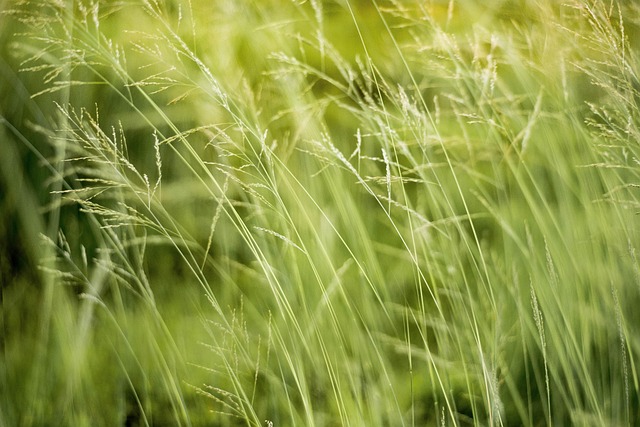
Biodiversity refers to the variety of life forms, including plants, animals, and microorganisms, within a specific area or ecosystem. It’s more than just counting species; it involves understanding complex interactions between organisms and their environment. In real estate, appreciating biodiversity is crucial as it significantly impacts property value and long-term sustainability. Diverse ecosystems, such as lush forests or vibrant wetlands, offer numerous benefits that can enhance the appeal and desirability of a location.
These natural environments provide essential services like clean air and water, soil stabilization, and climate regulation. They also support local economies through eco-tourism and sustainable practices. Real estate developers and investors who prioritize biodiversity conservation can contribute to the overall health of ecosystems while creating valuable, resilient assets. By integrating green spaces, preserving habitats, and adopting sustainable building practices, real estate professionals can ensure that development aligns with the natural richness of a region.
The Role of Habitat Conservation in Property Development
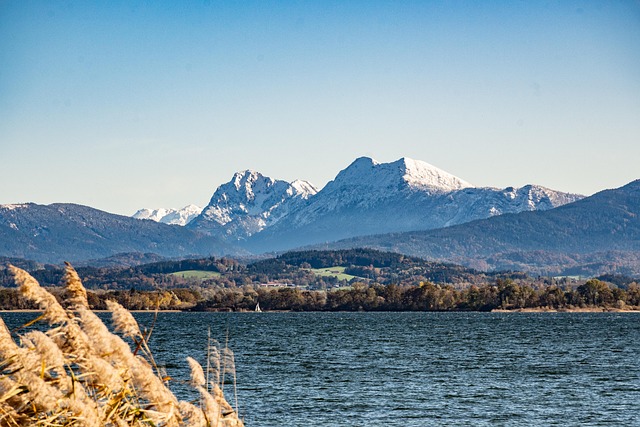
In the realm of real estate development, habitat conservation is no longer an optional consideration but a crucial responsibility. As we navigate the intricate relationship between property growth and biodiversity, it’s evident that preserving habitats is not just an environmental imperative; it’s also a strategic move for developers. By integrating sustainable practices, such as restoring natural landscapes and creating wildlife corridors, developers can mitigate ecological impacts while enhancing their projects’ long-term viability.
This approach not only ensures the preservation of diverse species and their ecosystems but also attracts environmentally conscious investors and buyers. In today’s market, where sustainability is a top priority for many, habitat conservation can be a significant selling point. It contributes to a positive brand image, fosters community support, and aligns with regulatory requirements, making it a game-changer in the real estate sector.
Strategies to Incorporate Biodiversity into Urban Planning

Incorporating biodiversity into urban planning is a game-changer for creating sustainable and livable cities. One strategy involves designing green spaces and urban forests that support native plant and animal species, enhancing ecosystem services like air quality and water purification. Real Estate developers can play a pivotal role by integrating these natural features into their projects, ensuring habitats are not only preserved but thrive within the urban fabric.
Additionally, implementing vertical gardening techniques on buildings and installing biodiversity-friendly infrastructure, such as green roofs and wildlife-atttracting features, can significantly increase biodiversity in urban areas. These approaches not only beautify cities but also foster a connection between residents and nature, promoting well-being and a sense of community.
